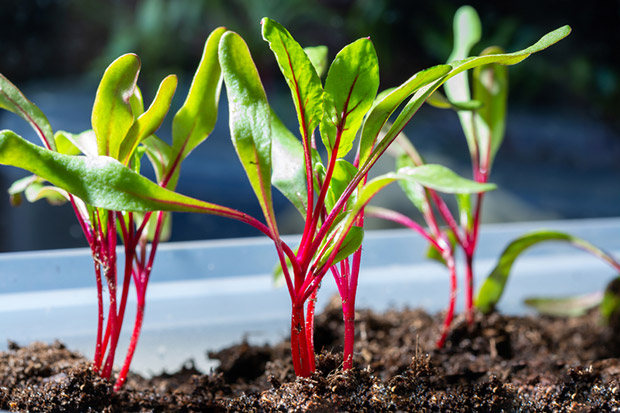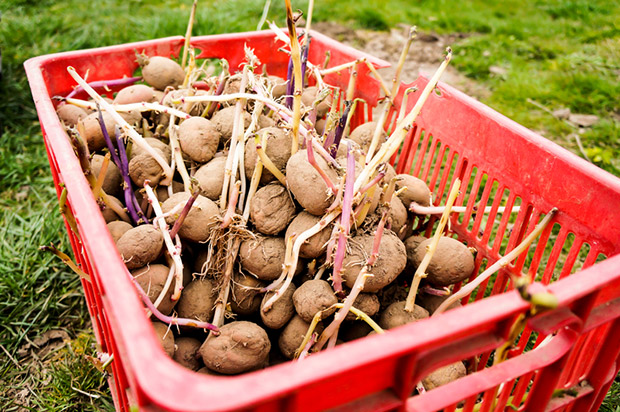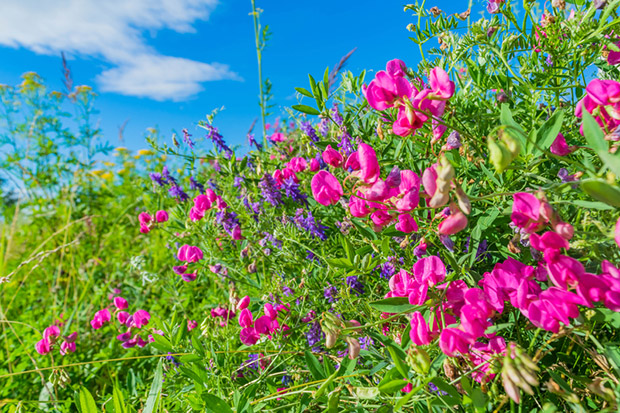Your mid-winter gardening checklist

July is an ideal time to keep tasks ticking along, from planting garlic to sprouting early seed potatoes.
1. Plant seedlings of beetroot, broccoli, broad beans, cabbage, celery, kale, silverbeet, and spinach.
2. Plant garlic, onions, and shallots, if you haven’t already.
3. Sprout early seed potatoes now for planting in August or September. Place seed potatoes on a tray or cardboard egg carton and store in a dry, well-lit room out of direct sunlight while they sprout.

4. Sow your sweet peas. June to August is the best time to plant summer-flowering sweet peas in warm climates. It’s often best to wait until spring if you’re in a cold climate. These old-fashioned favourites germinate at low temperatures. You will also get strong plants if they’re grown in high light and cool conditions. If you sow in autumn (March-April), as overseas books suggest, your plants may grow excessively tall and you won’t be able to reach the flowers. You can keep sowing successfully up until mid-October. At planting time, provide a light dose of a fertiliser with modest nitrogen content.

5. Sow peas in frost-free areas. Although the plants themselves are frost hardy, the flowers aren’t. Time it so they don’t flower during frosty periods. In cooler regions, it’s often best to leave sowing until August.
6. Transplant any deciduous fruit trees that need moving. Deciduous plants are dormant in winter, which means transplant shock is reduced as they’re not actively growing. Prepare the hole first so that there’s no delay in transplanting. Choose a spot with free-draining soil. Citrus and evergreen trees can be moved now too, but spray with Vaporgard to reduce transpiration before transplanting.
7. To get a head start on spring crops, sow seeds in a cold frame and use compost as a natural ‘heating pad’. Compost generates heat in the initial stages of breaking down and can provide warmth for seedlings. Place fresh grass clippings into a polystyrene tray. Top with a layer of seed raising mix and sow your seeds as per the instructions. Place a sheet of glass or sturdy plastic over the tray, cover with newspaper and place the tray in a cold frame or a warm, sunny spot. Remove the covering once the seeds have germinated.
Love this story? Subscribe now!
 This article first appeared in NZ Lifestyle Block Magazine.
This article first appeared in NZ Lifestyle Block Magazine.
